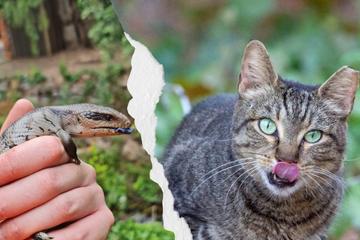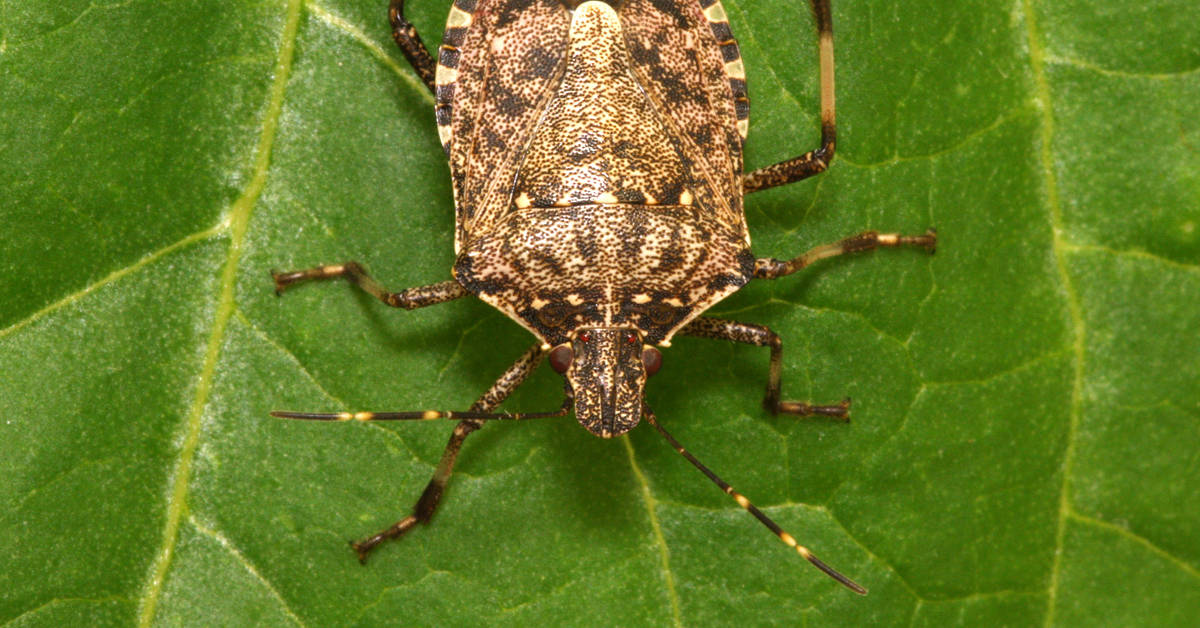
An often fatal viral disease detected in domestic pigeons in Australia last year is here to stay and no one can tell what its impacts will be. Pigeon paramyxovirus has infected several species worldwide, and not just pigeons. Raptors, pheasants, swans, cockatoos and budgerigars have been among the infected (the latter Australians in captivity overseas).
So far in Australia the virus has infected racing, show and feral pigeons (rock pigeons and one spotted turtle dove) in Victoria and NSW. The only native so far diagnosed with the virus is a collared sparrowhawk in a Melbourne park, which presumably ate a diseased pigeon.
Unless there are large-scale deaths, it may go largely undetected in native birds. Overseas, it has caused sporadic large die-offs in wild doves and pigeons, and in Australia several hundred feral pigeons died at a grain storage facility in Geelong in March. With feral pigeons so widely distributed, we have cause to be concerned about their potential to spread it to other birds. The Australian region has by far the world’s most diverse pigeon and dove fauna, with 22 species in Australia and more than 50 in Papua New Guinea, a quarter of the world’s total.
New diseases can have catastrophic consequences. A hundred percent mortality has been recorded in some pigeon lofts in Victoria. US researchers Krysten Schuler and colleagues warn that ‘transmission events may be rare, but single spillover occurrences could have dire consequences for naıve species.’
Pigeon paramyxovirus is closely related to Newcastle disease virus, one of the most feared poultry diseases world-wide. There have been six outbreaks in Australia since 1998, leading to the slaughter of about 2 million chickens in one case. Newcastle disease and pigeon paramyxovirus are different strains of avian paramyxovirus type 1 (nine other serotypes are known).
Pigeon paramyxovirus is thought to have derived from multiple events of chicken to pigeon transmission of Newcastle disease virus. Since the late 1970s, pigeon paramyxovirus has spread from a likely Middle East origin into many other countries in Africa, Europe, Asia and America, probably largely through the export of infected pigeons for racing and ornamental purposes. How it got to Australia is unknown.

The virus is readily transmitted by direct contact between birds and by contact with faeces and other discharges. The virus can last several weeks in the environment. Where pigeons feed and drink with other species – bird feeders for example – could be high risk sites.
The signs of sickness can include:
- lethargy, not flying,
- gastrointestinal trouble, including vomiting a white tinged fluid, and
- neurological signs such as head shaking.
Death can occur within three days of infection.
In the limited publicity about this disease, most of the focus has been on racing and show pigeons and risks to poultry, with the potential for harm to native birds barely mentioned. It is important that bird watchers keep an eye out for suspicious illness or death. Unfortunately, apart from that, it will simply be a case of wait and see.
References
Aldous E, Fuller C, Mynn J, Alexander D. 2004. A molecular epidemiological investigation of isolates of the variant avian paramyxovirus type 1 virus (PPMV-1) responsible for the 1978 to present panzootic in pigeons. Avian Pathology 33:258–269.
Kim M, King D, Guzman H, Tesh R, Travassos da Rosa A, Bueno R, Dennett J, Afonso C. 2008. Biological and Phylogenetic Characterization of Pigeon Paramyxovirus Serotype 1 Circulating in Wild North American Pigeons and Doves. Journal of Clinical Microbiology 46(10): 3303-3310.
Schuler K, Green D, Justice-Allen A, Jaffe R, Cunningham M, Thomas N, Spalding M, Ip S. 2012. Expansion of an exotic species and concomitant disease outbreaks: pigeon paramyxovirus in free-ranging Eurasian collared doves. EcoHealth 9: 163–170,
Ujvari D, Wehman E, Kaleta E, Werner O, Savic V, Nagy E, Czifra G, Lomnicz B. 2003. Phylogenetic analysis reveals extensive evolution of avian paramyxovirus type 1 strains of pigeons (Columba livia) and suggests multiple species transmission. Virus Research 96: 63–73.
Australian Wildlife Health Network reports, available by keyword search at http://220.233.134.218/Resources.aspx




